
www.jii.org

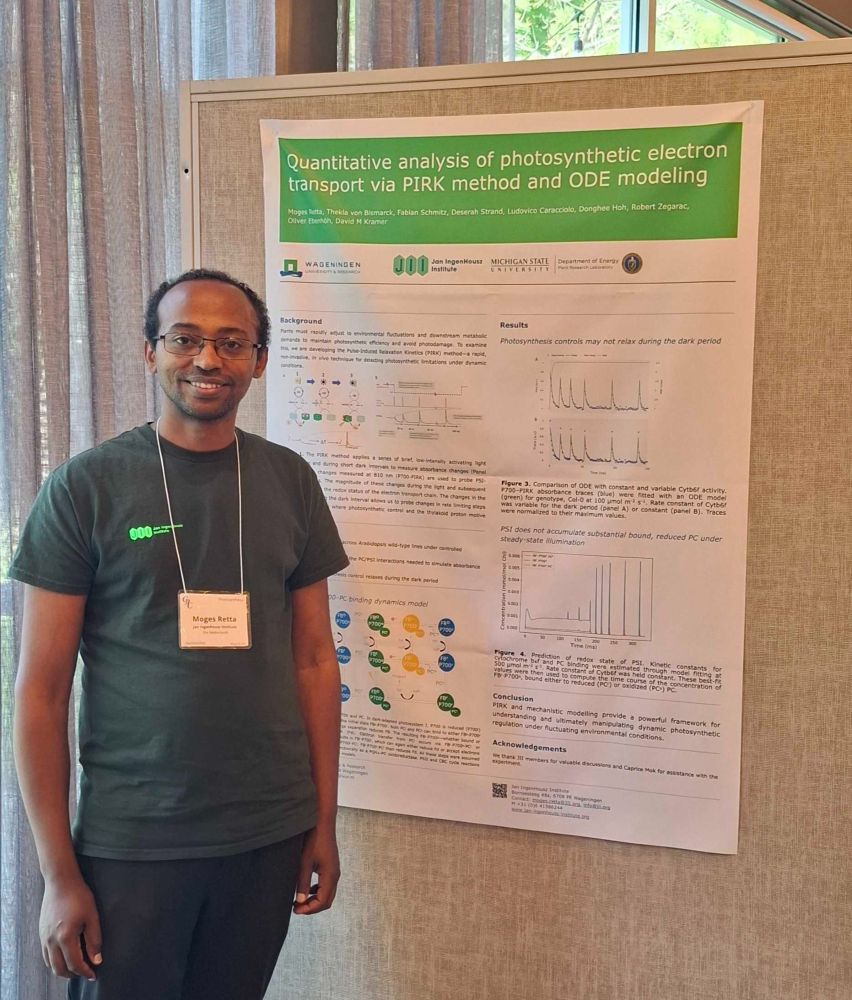

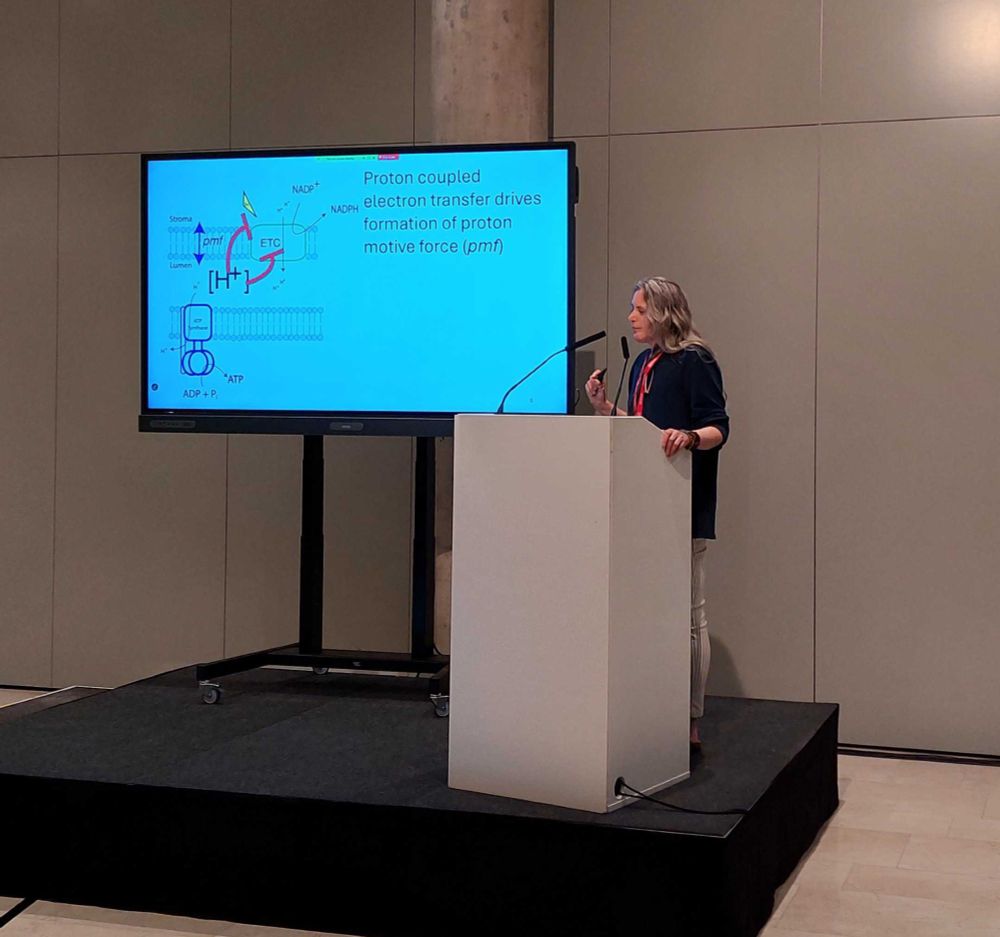
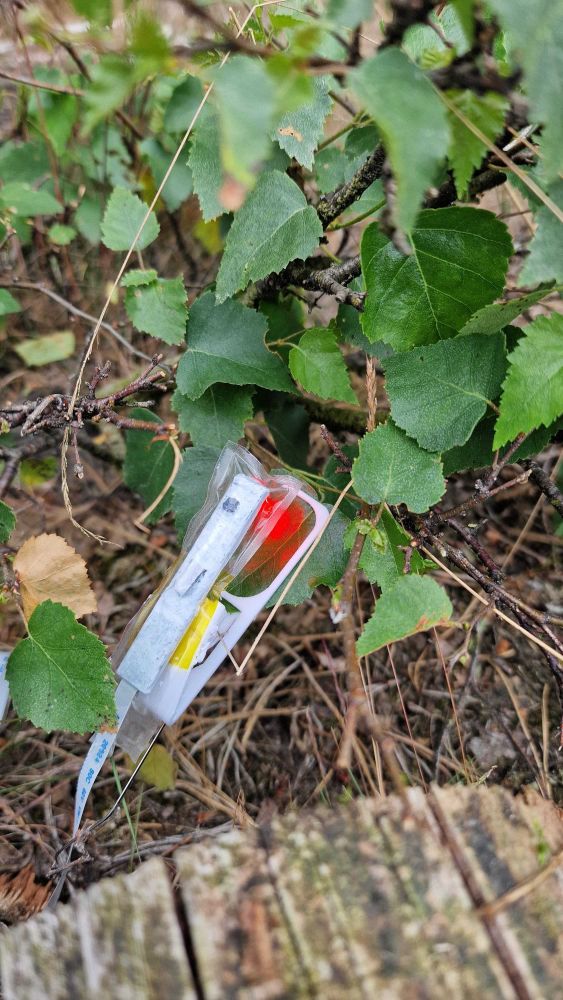
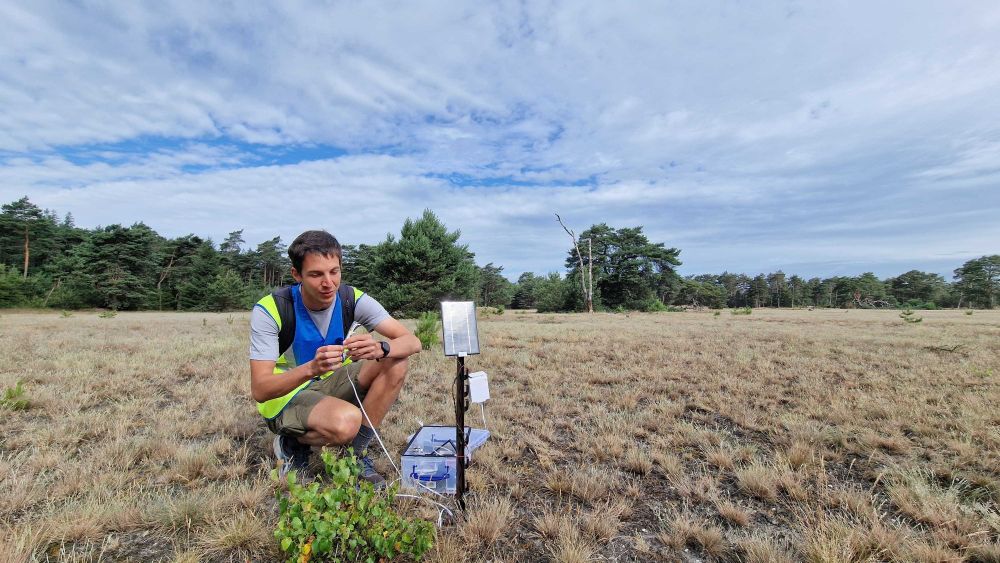
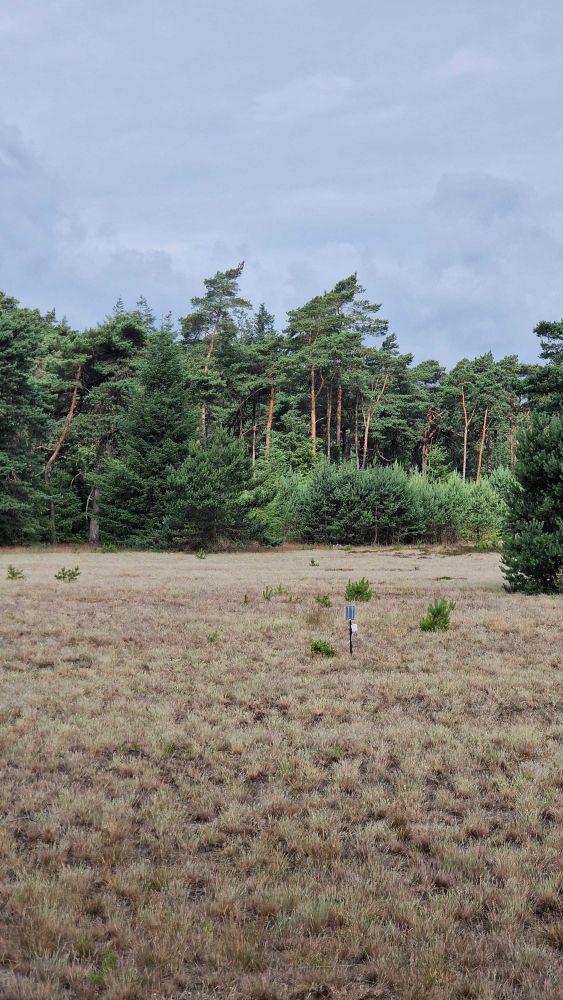

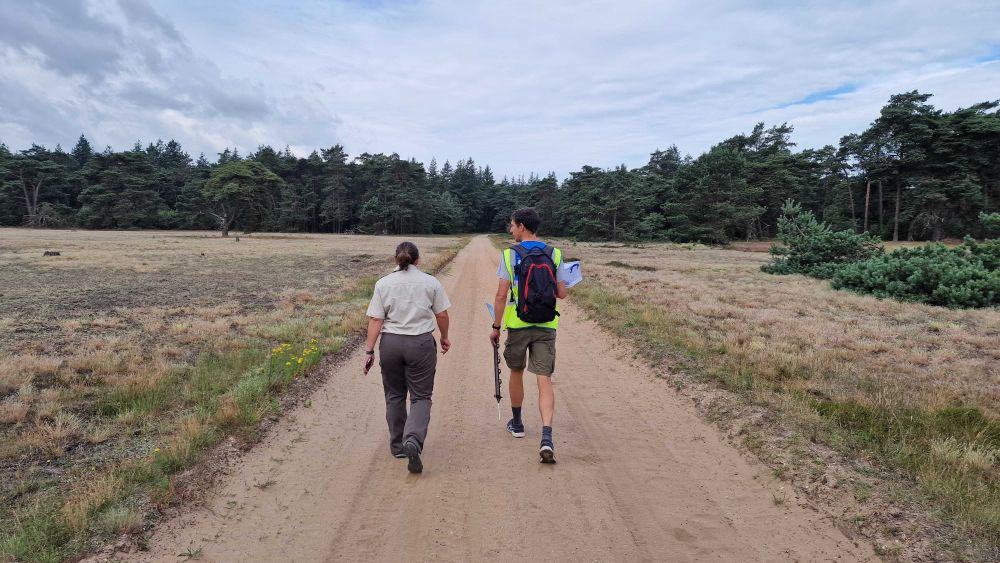
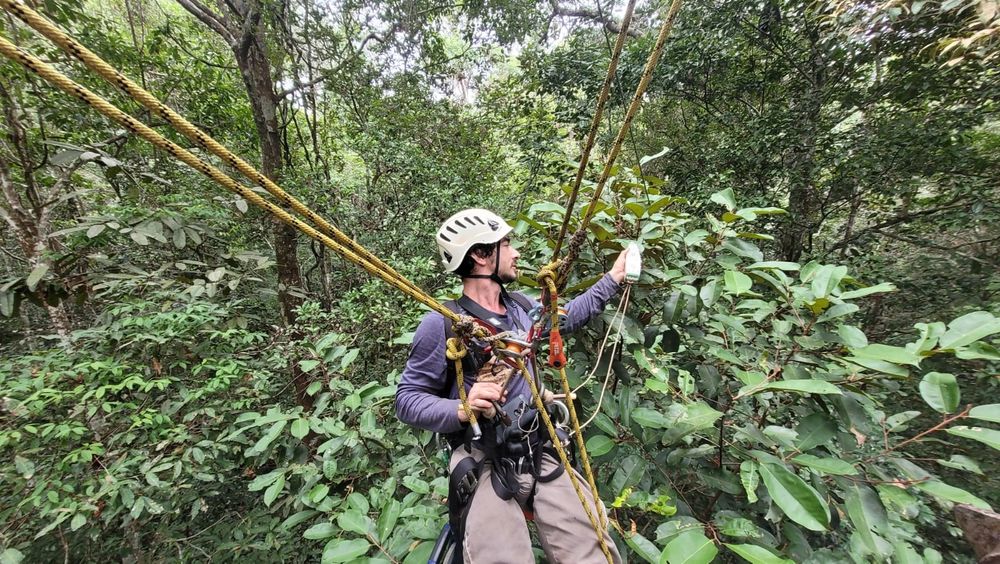
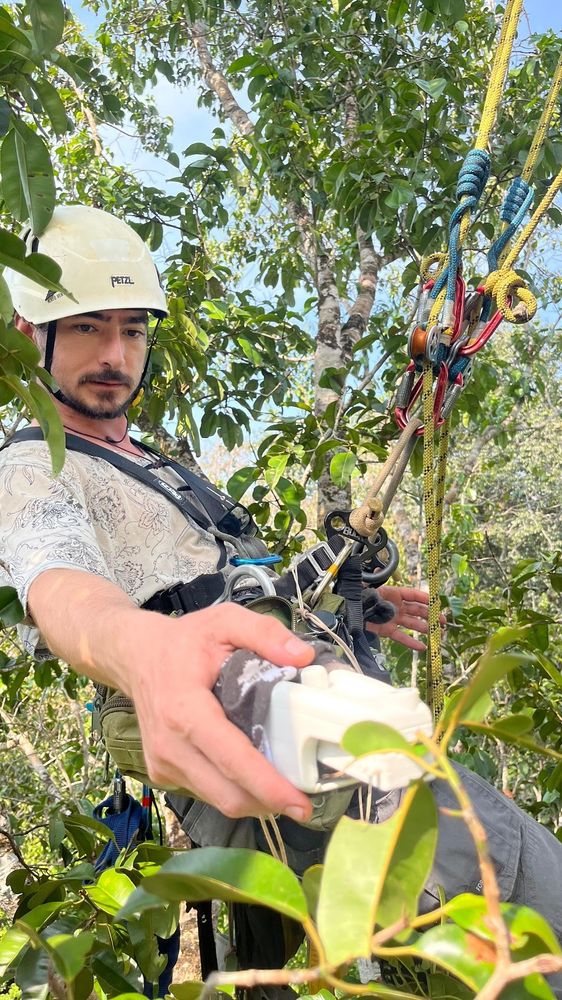
New paper on some spectacular research by @leoziccardi.bsky.social @starkfloresta.bsky.social , JII's scientific director Dave Kramer and others.
Photos show Leonardo Ziccardi with the MultiSpeQ device.

New paper on some spectacular research by @leoziccardi.bsky.social @starkfloresta.bsky.social , JII's scientific director Dave Kramer and others.
Photos show Leonardo Ziccardi with the MultiSpeQ device.

